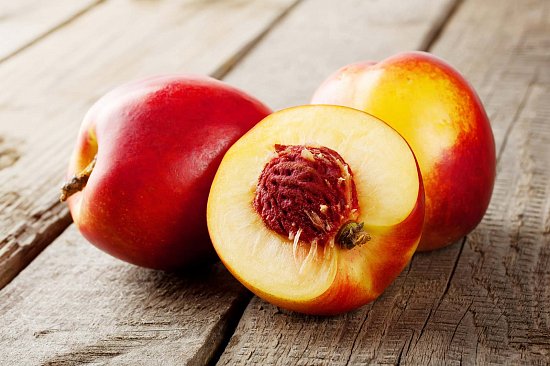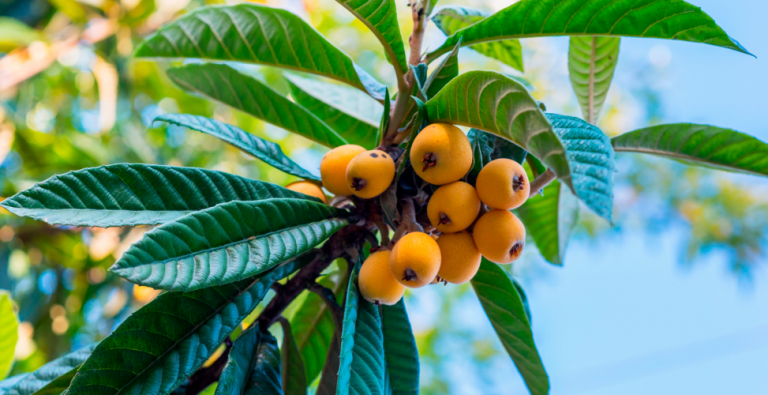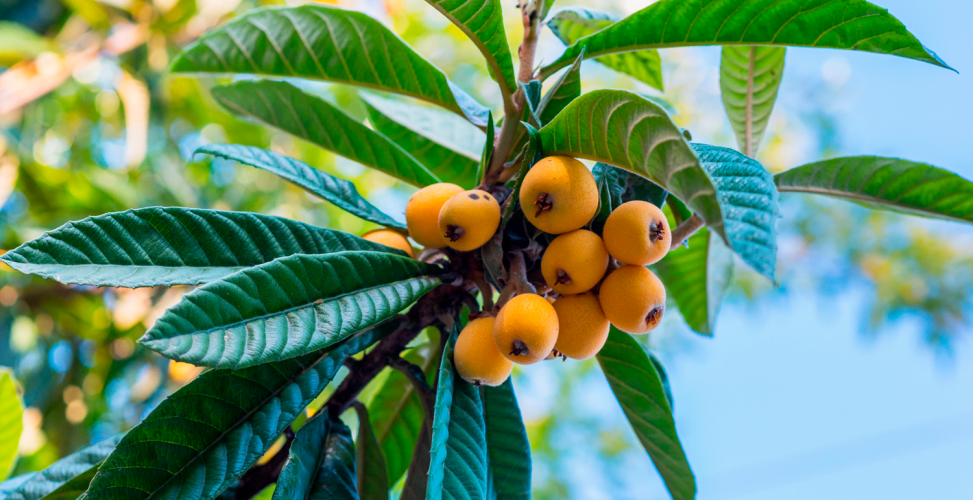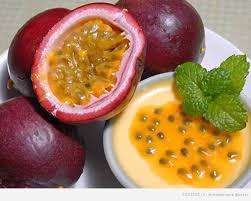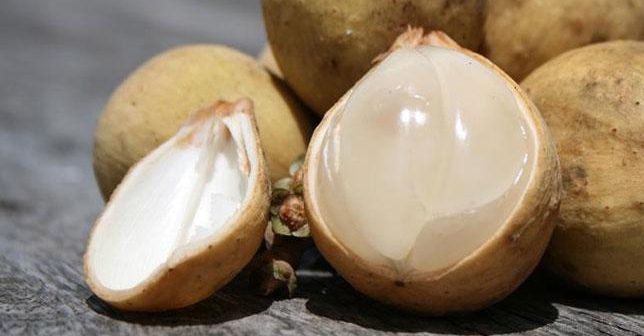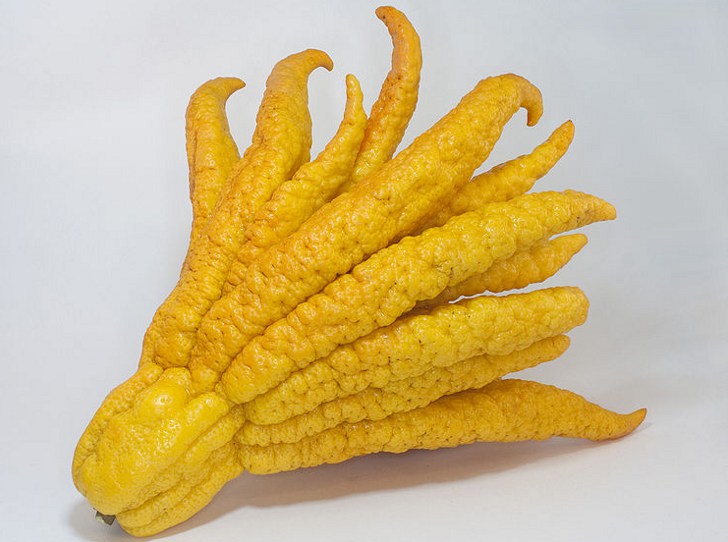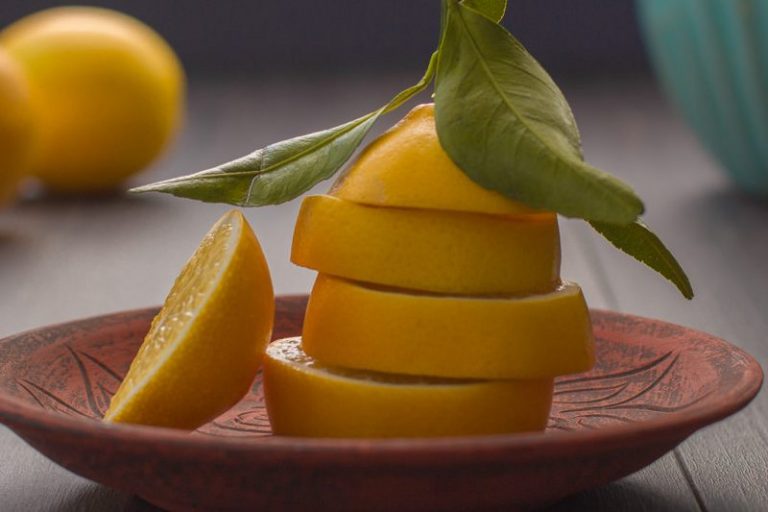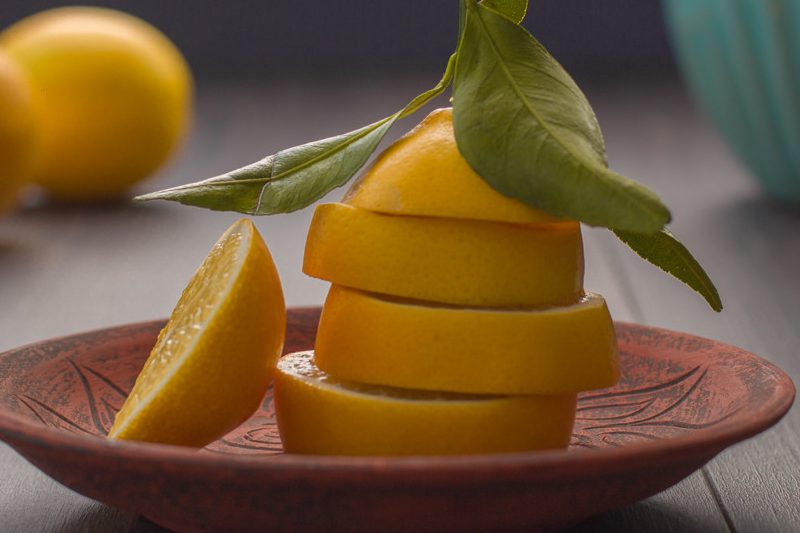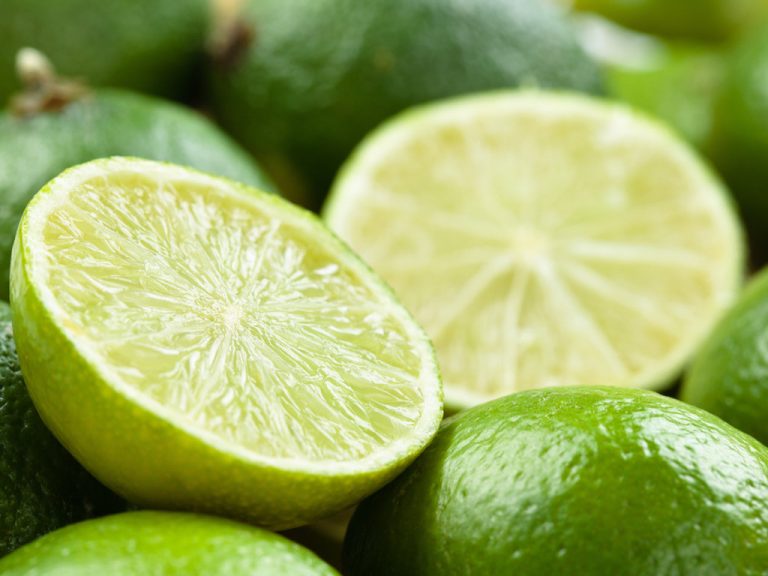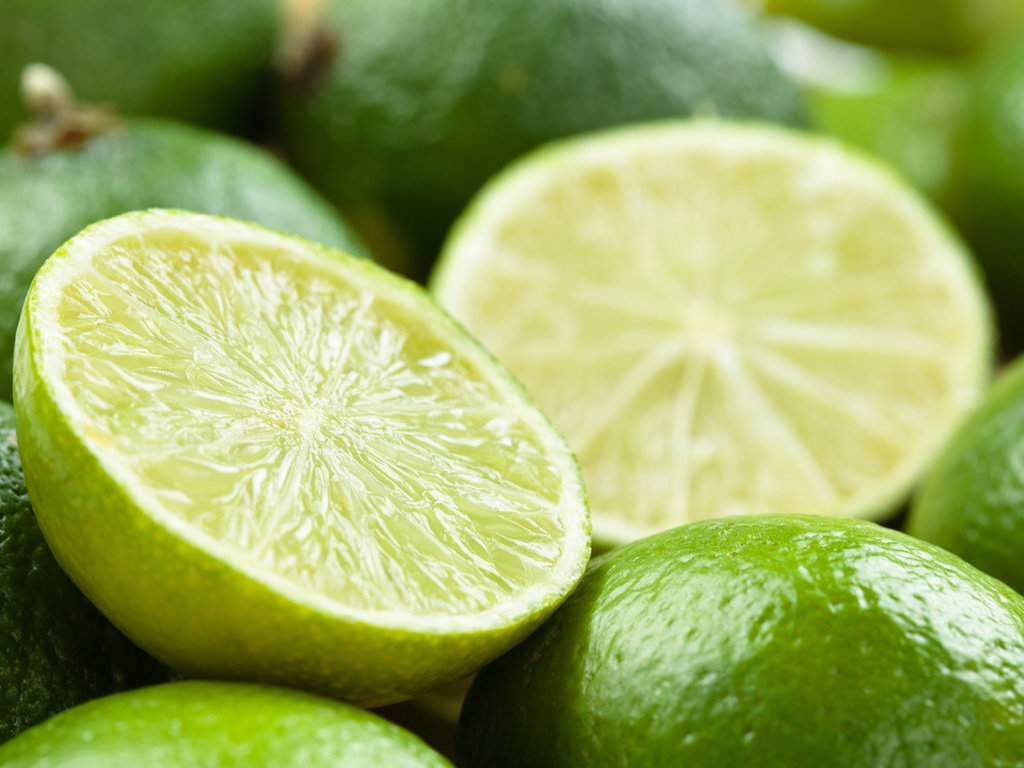The bitter orange is a medium-sized evergreen tree, reaching up to 10 m in height. Indoors do not exceed 1 m. The crown is highly branched, spherical, with a spiral arrangement of leaves. The branches have thin, long thorns. Leaves are elliptical, pointed, dense, leathery, alternate. Smooth, shiny, bright green above, light green below with translucent containers of essential oil. Attached to wide-winged, long petioles.

- Orange has other names: sour orange, bitter orange, bigaradia, chinotto.
- The homeland of this citrus is India, where the plant was cultivated several hundred years ago. Today the orange fruit is grown in many tropical and subtropical countries. In Russia, the distribution of the orange is especially widespread in the southern regions, where it is grown as a houseplant. Not found in the wild.
- At home, it grows in the form of a miniature slender tree or a compact spectacular bush. Large, fragrant, white, and pink-orange flowers give it decorativeness, which looks very elegant against the background of bright green foliage.
- Fresh orange fruit is not used, it is valued because of its zest. To obtain it, the peel is separated from the pulp and dried for several days in a dry, warm place, spreading out in a thin layer on a flat surface.
- The rind is considered finished when it becomes thin and fragile. Now you can get zest from it. The main use of orange fruit is in the manufacture of various desserts and pastries.
- From the leaves and flowers of this plant, essential oils are obtained, which are used in aromatherapy and the preparation of marmalade.
- Unripe fruits that fall from the tree are used to make essential oil used in the production of alcoholic beverages.
- The orange flower is considered a symbol of innocence and is a traditional part of the bride’s wedding bouquet. The scent of the flowers of this tree in Japanese poetry is associated with memories of the past. Earlier, orange petals were used to fill the pockets of wide sleeves.
- Another interesting fact about the orange is that you can see its image on the coat of arms of the city of Lomonosov.
- Bitter orange fruits are harvested unripe when they reach 1 cm in diameter, then dried in the sun. The peel is removed from ripe fruits, and after drying it is thoroughly peeled from the white inner layer.
- The finished raw materials are used in the cosmetic, food industry, and medicine.


